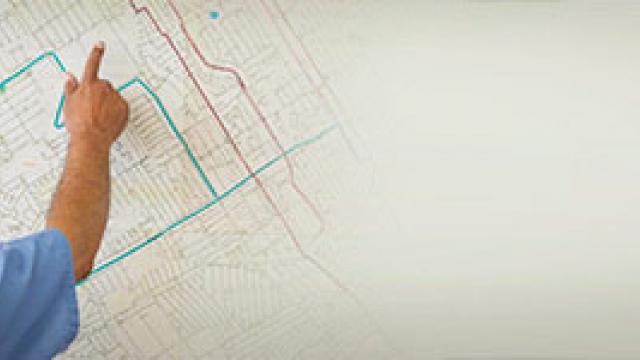Automated Building Diagnostics and Control Systems
These new systems have the potential to identify and prioritize energy system operating anomalies and then make recommendations on solutions using built-in engineering logic. Such systems can potentially make it cost-effective to “continuously re-commission” buildings.
Further information and recommendations regarding this technology are available for download: Fault Detection, Diagnostics and Optimization (FDDO) (Adobe Acrobat PDF, 502 KB).
Intelligent Utility Distribution Networks
The so-called “last mile” intelligent utility distribution networks (IUDN) represent another exciting new area for Sempra's RD&D efforts.
IUDNs are self-healing information networks that link customer appliances, utility meters, transformers, substations and utility distribution operations. Some of the potential features for these systems include:
- Automatic meter reading
- Time-of-use rates
- Load-shifting programs
- Automatic outage detection
- Fire and safety alarms
- Broadband access
Radio Frequency Identification (RFID)
Radio frequency identification tags have a number if applications in utility operations, ranging from the control of our meters' inventories to tracking hazardous waste containers. For example, RFID systems could allow us to know the location and disposition of hazardous waste containers from the moment they are filled to their ultimate destination at a hazardous waste-handling facility.
Zero-Emissions Power Plants
Oxy-fuel combustion, together with CO2 sequestration, has the potential to generate power from natural gas, biogas and other fuels with zero or near-zero NOx, SOx, toxins or greenhouse gas emissions.
Using pure oxygen to burn hydrocarbon fuels produces tremendous amounts of heat energy, and only CO2 and water as byproducts. If this exhaust stream is used to turn a steam turbine and then the CO2 is injected deep into underground sandstone formations, there is no pollution and no CO2 emissions.

